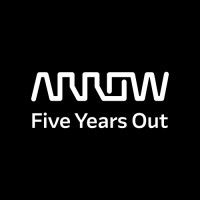
Times Internet
At Times Internet, we create premium digital products that simplify and enhance the lives of millions. As India’s largest digital products company, we have a significant presence across a wide range of categories, including News, Sports, Fintech, and Enterprise solutions. Our portfolio features market-leading and iconic brands such as TOI, ET, NBT, Cricbuzz, Times Prime, Times Card, Indiatimes, Whatshot, Abound, Willow TV, Techgig and Times Mobile among many more. Each of these products is crafted to enrich your experiences and bring you closer to your interests and aspirations. As an equal opportunity employer, Times Internet strongly promotes inclusivity and diversity. We are proud to have achieved overall gender pay parity in 2018, verified by an independent audit conducted by Aon Hewitt. We are driven by the excitement of new possibilities and are committed to bringing innovative products, ideas, and technologies to help people make the most of every day. Join us and take us to the next level!






